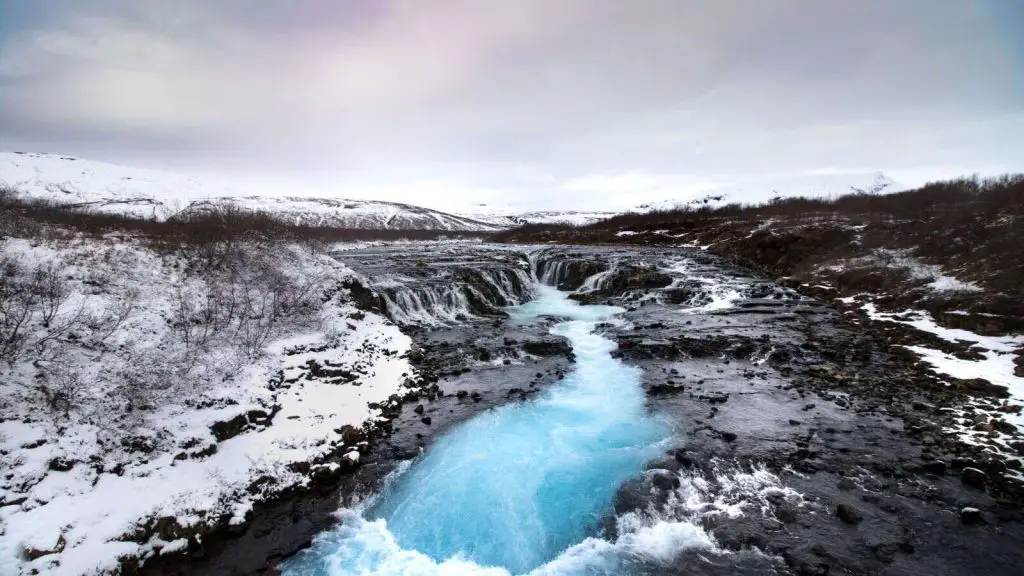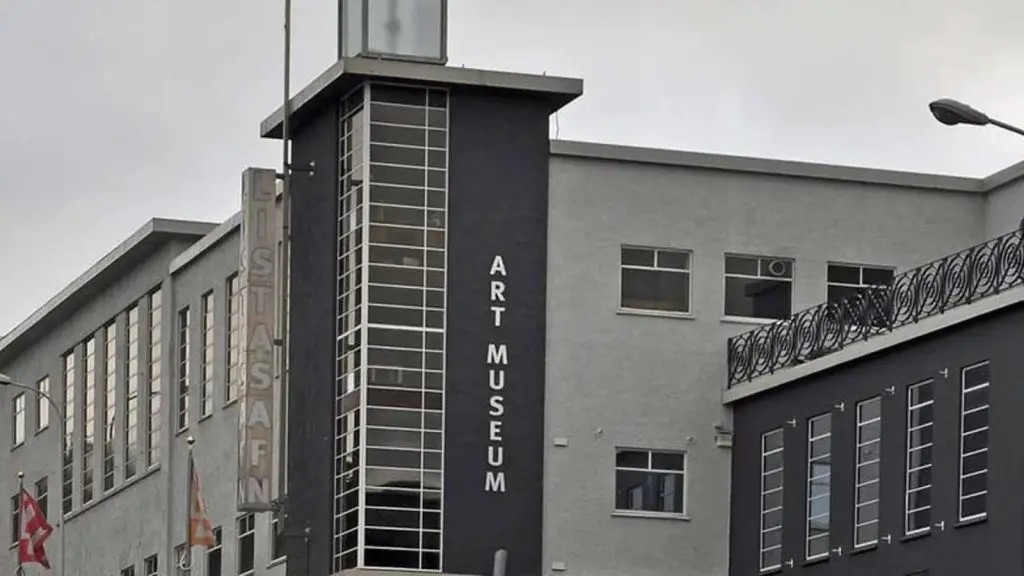Welcome to Iceland and the land of Fire, where places and cultures meet to show beautiful things. Iceland is known not only for its beautiful landscapes and natural wonders but also for its rich cultural history spanning centuries.
From Viking heritage to the modern art scene, this Scandinavian island has it all. And what better way to find treasures than by visiting one of Iceland’s best museums?
Dive into Iceland’s fascinating past and present on time travel that takes you through 2023’s best museums!
Introduction: What to do with Iceland’s cultural history
Iceland has a rich and powerful culture due to its history and unique location.
Located at the junction of the North Atlantic and Arctic Oceans, Iceland has been influenced by European and American cultures. It is possible to see this in the country’s architecture, art, literature, and music.
Icelandic people are proud of their cultural heritage, and Iceland has many museums that show this history. The Icelandic National Museum is a great place to start exploring Iceland’s cultural history.
The museum showcases Icelandic art, literature, music, and more. Other museums worth visiting include the Icelandic Phallus Museum, the largest museum in the world, and the Reykjavik Art Museum, which showcases contemporary Icelandic art.
Whether you want to learn about Icelandic culture or simply visit some museums, Iceland will definitely offer you an educational experience.
Iceland’s History Overview

Iceland has a rich history and unique culture from the past. Iceland’s culture is influenced by its isolation from the rest of Europe and its harsh climate and landscape.
For centuries, there were only a few thousand people living in Iceland, mostly fishing and looking for cattle.
In the 9th century, Iceland was raised by the Norwegians and later became part of the Kingdom of Norway. In the 13th century, Iceland was ruled by Denmark.
During this time, Iceland’s population and culture grew rapidly. Icelandic literature flourished in the 18th and 19th centuries, with international acclaim from writers such as Snorri Sturluson and Jónas Hallgrímsson.
Music also plays an important role in Icelandic culture, and folk music is still performed today.
The 20th century brought many changes to Iceland, including trade and urbanization. These changes had a profound impact on Icelandic culture that continues to this day.
There are many great museums in Iceland that show Icelandic culture through the ages.
Here are a few of the best Icelandic National Museum: This museum is dedicated to preserving and displaying Iceland’s rich heritage.
There are many artifacts in the museum from prehistoric times to the present. The National Museum is a must-see for anyone who wants to learn about Icelandic culture.
Iceland’s Best Museums
Reykjavik is the capital and largest city of Iceland and is home to some of the country’s best awards.
Here are some of the best museums in Reykjavik:
- National Museum of Iceland – Dedicated to Icelandic history, culture, and art, this museum has many artifacts from all over the country.
- Settlement Exhibit – Housed in an old farmhouse, this museum tells the story of Iceland’s first settlers.
- Icelandic Phallus Museum – This unique museum has phallic specimens from all over Iceland, including animals, people, and mythical creatures.
- Reykjavik Art Museum – This museum features a rotating selection of contemporary Icelandic art and exhibitions by international artists.
Whether you are interested in history, culture, or art or just want to see something special, Reykjavik museums have something for everyone.
Icelandic National Museum
The Icelandic National Museum is a must-see for anyone interested in Icelandic history and culture. The museum has a fine collection of Viking Age artifacts as well as valuable information about Iceland’s unique heritage.
Visitors can explore the museum’s exhibits on their own or attend one of the cultural events offered daily. Knowledgeable staff are available to answer questions and provide additional information on products.
With its rich and fascinating history, the National Museum of Iceland is a must-see for anyone interested in exploring Icelandic culture and heritage.
Einar Jonsson Sculpture Museum
The Einar Jonsson Sculpture Museum is one of the best museums in Iceland. It is in the center of Reykjavik and has a large collection of Icelandic art.
The museum is named after and dedicated to the famous Icelandic sculptor Einar Jonsson.
Museum contains some of Jonsson’s most famous sculptures, as well as works by many other Icelandic artists. There is also a cafe in the museum with amazing views of the city.
National Gallery of Iceland
The National Gallery of Iceland is one of the best museums in Iceland and a great place to learn about Icelandic culture and history. The museum has many exhibits, and it’s definitely worth spending an afternoon here.
There are also many interactive shows that allow you to immerse yourself in the experience.
Saga Museum
The Saga Museum in Reykjavik is one of the best museums in Iceland for those interested in the cultural history of the country.
The museum is dedicated to telling the story of Iceland’s past through exhibits of Scandinavian Mythology, Icelandic History, and Sagas (Old Icelandic Tales).
Visitors to the Museum of Legends can expect to see many exhibits on topics such as Viking culture, Icelandic peace, and the legends themselves.
The museum also offers many interactive activities, including a replica of a Viking ship that visitors can board and the opportunity to dress in Icelandic clothing.
Árni Magnússon Icelandic Institute
The Árni Magnússon Icelandic Institute is the largest institution of its kind in Iceland. It was established in 1963 with the aim of preserving and promoting the language and culture of the country.
The Institute is named after Icelandic scholar Árni Magnússon, who received the Icelandic manuscript collection for the University of Copenhagen.
The University has several important manuscripts, including the Arnamagnæan Manuscripts Collection, which contains over 3,000 manuscripts and is one of the largest in the world.
Other archives include the Icelandic Film Archive, the Icelandic Photographic Archive, and the Icelandic Folklore Archive.
The organization supports a variety of events and activities to promote Icelandic culture both in Iceland and abroad. These include exhibitions, concerts, meetings, and education.
Art Museums Outside Reykjavik
Outside of Reykjavik, there are many art museums, each with its own private collection and exhibition.
Listasafn Íslands (Iceland National Gallery), located in the city of Akureyri, houses a collection of Icelandic and international art. The museum also hosts temporary exhibitions throughout the year.
The Sigurjón Ólafsson Museum in Reykjavik is dedicated to the work of Icelandic artist Sigurjón Ólafsson. The museum features Ólafsson’s paintings, sculptures, and drawings, as well as temporary exhibits.
Hafnarhús is another art museum in Reykjavík that presents Icelandic and international art. The museum has several exhibition spaces, including a cafe and a store.
Finally, Kjarvalsstaðir is an art museum located in Mosfellsbær, a district of Reykjavik.
The museum is dedicated to the work of Icelandic painter Jóhannes S. Kjarval and has permanent and temporary exhibitions.
Akureyri Art Museum

Akureyri Art Museum is one of the most popular museums in Iceland. It is located in the capital Reykjavik and houses an extensive collection of Icelandic art. The museum also has many tourist attractions visiting other parts of the country.
An important part of the Akureyri Art Museum is its collection of Icelandic art. The collection includes works by Iceland’s most famous artists, such as Jón Sigurðsson and Þorvaldur Skúlason.
The museum also has many rare and unique items, such as a 13th-century Viking ship painting.
The Akureyri Art Museum offers many tours in addition to its collection of Icelandic art. The exhibits show many aspects of Icelandic culture and history and are a great way to learn about the country.
Skaftfell Center
The Skaftfell Visual Arts Center is the perfect place to start exploring Iceland’s cultural history. The museum is located in the city of Seydisfjordur, which is an important economic center for the country.
The Skaftfell Center for the Visual Arts is home to Icelandic art from the 18th century to the present. You can see works by international artists inspired by the Icelandic landscape and culture.
After visiting the Skaftfell Visual Arts Center, be sure to check out Seydisfjordur’s other museums.
The Icelandic Witchcraft Museum is a must-see for anyone interested in Iceland’s dark history. The Natural History Museum is also worth a visit, as it has many exhibits about Iceland’s flora and fauna.



